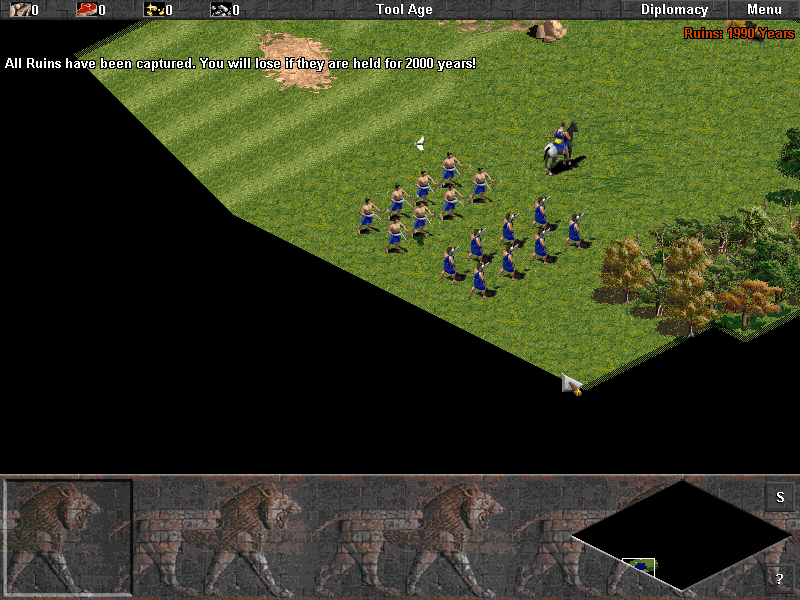Empires Dawn Of The Modern World 13 No Cd Crack

Oct 21, 2003 Empires: Dawn of the Modern World From PCGamingWiki, the wiki about fixing PC games This page is a stub: it lacks content and/or basic article components. Gaspar noe love 3d torrent.
North American boxart Jon Alenson Richard Bishop Scott Morgan Guy Whitmore Series Release October 22, 2003 Mode(s), Empires: Dawn of the Modern World is a 2003 video game developed by and published. Set in a period that extends from the to, the game tasks players with guiding one of nine rival to victory. From Stainless Steel's previous game,, were used as a starting point for Empires: these inspired the team to take a more minimalist design approach, and to include civilizations without overlapping styles of play. Empires was positively received by critics, who enjoyed its. However, certain reviewers disliked its, and opinion clashed on the game's level of uniqueness compared to competitors such as.
The sales of Empires, when combined with those of Empire Earth, totaled 2.5 million units by 2004. The game was later released on in May 2017.
The Koreans defending their base against an attack. Empires: Dawn of the Modern World is a (RTS) game in which the player guides a civilization through five historical periods, from the to.

As in many RTS titles, the player collects, erects buildings, and trains and maintains a military. Players use a interface (or ) to direct their units, which range from to. A (3D) allows the player to view the action from any perspective, including and angles.
A is included as well. Each of the nine civilizations features a unique style of play: for example, the French and English have powerful defensive capabilities, while Chinese structures are mobile. During a match, the player must gather resources to progress their civilization to a new historical era, after which more advanced technologies and units (land-, sea- and airborne) become available. Four civilizations are playable from the medieval to the age; at the beginning of, the player transitions their civilization to one of the remaining five. For example, a player of the premodern Franks must transition to modern Germany or France. The player wins a match by destroying all opponents', or by constructing and successfully defending a ', such as the.
Empires allows up to eight players (or opponents) to compete in two modes: the shorter, battle-oriented Action mode or the longer, defense-oriented Empire Builder mode. In addition, the game contains three single-player storylines called 'campaigns', each of which depicts major events in a civilization's history. These follow 's medieval wars in France; Admiral 's defense of Korea against in the; and General 's exploits during World War II. The used to create Empires is packaged with the game, which allows the player to create original levels and campaign scenarios. Development [ ] Conception [ ].
In the past, historical realism has tended to constrain game play to a finite set of established conventions, which have been used again and again. At Stainless Steel, we felt that history had provided us with a vast wealth of inspiration for incredibly exciting game play. History should not be limiting at all. In fact, just the opposite is true. Rick Goodman started work on Empires in 2002.
The project was led by company head, designer of ' and Stainless Steel's earlier. The Empires team began by studying their previous game for features that could be reused or improved. In addition, they mined history books for interesting 'events, battle tactics, weapons, technologies and economic factors', according to Goodman. A list was drafted of 100 historical elements that excited the team, and it formed the basis of the project. Although a heavy focus was placed on historical accuracy, designer Richard Bishop explained that 'fun always comes first.' As it had with Empire Earth, Stainless Steel delegated separate teams to the multiplayer and single-player modes of Empires.
Further inspiration came from surveys of Empire Earth players, conducted during 2002. For example, the team found that Empire Earth 's medieval and World War II periods were the most popular, while its futuristic and periods were the least. In response, the team reduced the span of Empires to 1,000 years, from the Middle Ages until World War II. Goodman believed that this could make the game many times deeper than Empire Earth. Also requested by players were fully unique civilizations, without overlapping units or styles of play—a feature that Goodman claimed to be a first for a history-based RTS game. The team discovered that those who favored the single-player mode in Empire Earth preferred slower, more gameplay. However, multiplayer users were split, with half in favor of shorter matches filled with combat.